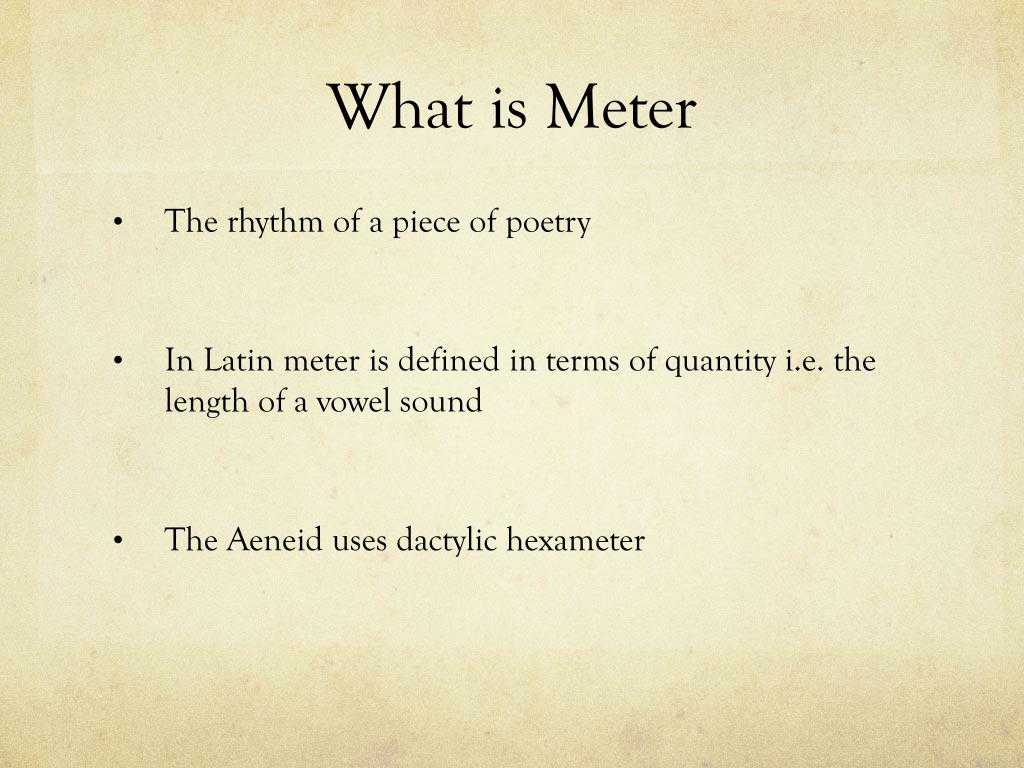

The input will contain only spaces and characters A-Z.

You will take in the line as string via standard input and output a string representing the final scansion. Your task will be to take a line of latin and produce the scansion of it. If a vowel is not forced by one of the previous rules it can be either long or short this will depend on the meter The syllable "que" at the end of a word (after elision) is always short "ch", "ph", "th", and "qu" count as one consonant a "v")ĭiphthongs (ae, au, ei, eu, oe, and ui) are made up of two vowels but count as one vowel and are always longĪ vowel with two or more consonants between it and the next vowel is always longįor the previous rule an "l" or an "r" after a "b","c","d","g","p", or "t" does not count as a consonant a "j")Īn "i" beginning a word followed by a vowel (e.g Iactus) is also a consonantĪ "u" after a "q" is also a consonant (i.e. And the last foot will be a long followed by an anceps (short or long, for this problem you will not have to determine which).Ī vowel in latin can be either short or longĪn "i" sandwiched between two vowels (e.g. Each of the first five feet will be either a dactyl, a long syllable followed by two short ones, or a spondee, two long syllables. Syllables can be either long or short depending on the vowel. Dactylic hexameter has six "feet" each foot consists of two or three syllables. The meter for this challenge is dactylic hexameter. Word-initial "h" followed by a vowel counts as a single vowel for elision purposes and is always dropped when elided.Īfter elision we can begin scansion. The same goes for words ending in a vowel followed by "m". The final vowel of a word ending with a vowel is omitted if the next word begins with a vowel. Unlike English, Latin elision follows very nice rules. Elision is the dropping syllables between words to ease pronunciation. For this problem we will be using simplified subset of those rules (real Latin does not have a neat spec).īefore you begin the scansion you must elide. However unlike English Latin scansion is fairly regular and often requires no knowledge of Latin vocabulary or grammar to be performed. For Latin this means demarcating each syllable in the line as "light" or "heavy". Scansion is the act of determining the meter of a particular line of poetry. As a terrible Latin student for several years I have learned to hate many things about Latin.


 0 kommentar(er)
0 kommentar(er)
